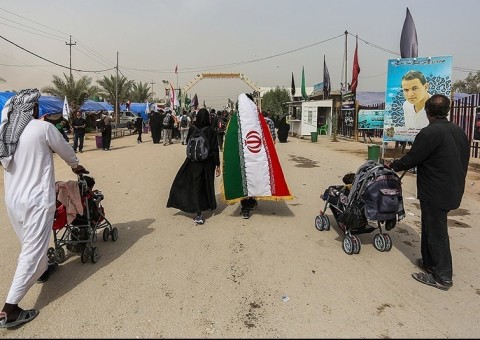Iraq's Shi'ite pilgrimage to martyr's tomb reveres recently slain fighters too
Nearly 14 million people marched to Imam Hussein's shrine in Karbala this year.

(The Christian Science Monitor) The pilgrimage of Shi’ite Muslims to the shrine of Imam Hussein in Karbala, Iraq, is the largest annual gathering on the planet.
This November, along with images of Hussein as Lord of the Martyrs, the pilgrims’ path was lined with posters lifting up as martyrs the Iraqis who died while battling militants from the so-called Islamic State.
The two-week march, known as Arba’een, has been targeted repeatedly by ISIS, which takes the extreme view that Shi’ites are infidels. A suicide car bomb in November 2016 killed at least 125 pilgrims returning home to Iran.





